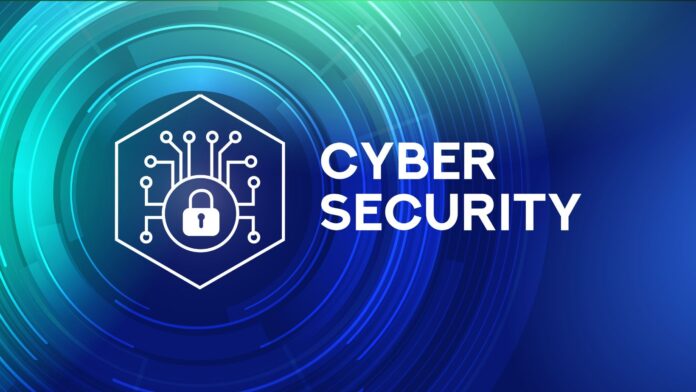In the vast landscape of cybersecurity, you’ll often hear the term ‘spillage’. But what does it really mean? Spillage in the context of cybersecurity, refers to a situation where classified information is transmitted, processed, or stored on a system that’s not authorized to handle it.
As an experienced cybersecurity professional, I’ve seen firsthand how spillage can compromise the integrity of an entire network. It’s not just about unauthorized access to sensitive data. It also involves the potential for that data to be moved, copied, or shared without proper authorization.
What Does Spillage Refer to in Cyber Awareness Challenge
Understanding spillage, in the context of cybersecurity, is fundamental. It’s a cyber term that denotes the transfer, processing, or storage of classified data on a system that’s not authorized to handle it. Therefore, it’s perceived as a serious vulnerability able to jeopardize the safety and integrity of a network. Spillage can provide unauthorized users uncensored access to sensitive information, granting them the opportunity to modify, duplicate, or distribute it without authorization.
Let’s delve a bit deeper, shall we?
When managerial oversight on data systems isn’t rigorous, spillage can occur. It’s crucial that all personnel, especially those in the field of cyber, understand and appreciate the ramifications of a spillage incident. Data spillage can pave the way for numerous potential cyber threats and unauthorized access to sensitive information. These threats go beyond minor disruptions and can lead to significant damage.
How does this tie to the Cyber Awareness Challenge? Well, it’s simple. The challenge is a proactive approach to raising awareness among individuals involved in cybersecurity. In the challenge, understanding the concept of spillage is a key step.
That being said, it underscores the importance of guarding against spillage and managing potential vulnerabilities early. It’s not merely about damage control after an incident, but the idea that prevention is instrumental in maintaining optimal cyber hygiene.
Guarding against spillage and understanding the serious implications involved with such incidents is an integral gameplan for the Cyber Awareness Challenge. So remember, prevention is the ultimate strategy in the world of cybersecurity. ‘Cause remember, once the damage’s done, there’s no undo button.
Understanding The Concept of Spillage
In our journey through the complex world of cybersecurity, it’s crucial for us to grasp the idea of spillage. So, let’s delve deeper into what it’s all about.
Definition of Spillage
In cybersecurity terms, spillage is essentially a breach of protective measures. It occurs when classified, sensitive data finds its way onto an unauthorized system. Once this happens, unapproved users may get their hands on this data. They can do many disruptive things: modify the data, duplicate it, or even distribute it without being granted the necessary permissions. This poses a serious threat to the integrity and security of the entire network. It’s not something to take lightly.

The Importance of Spillage Awareness
Understanding and acknowledging the significance of spillage awareness can be the determining factor between secured and compromised data integrity. Spillage, if not identified and addressed promptly, can lead to unauthorized users having access to sensitive information. It’s this capacity for potential damage that underscores the necessity for enhanced spillage awareness.
Preventing Data Spillage
Preventing data spillage should be at the forefront of any cyber defense strategy. It begins with establishing robust protective measures that make it difficult for unauthorized access to occur in the first place.
A vital step is to implement data classification, which categorizes data based on its sensitivity or importance. Data classification makes it easier to apply appropriate security measures to different categories of information. And not to forget, robust user authentication protocols are paramount to ensure that only authorized individuals have access to sensitive data.
Another noteworthy tactic is to create a culture of cybersecurity awareness within the organization. This involves regular training and updates on potential spillage risks and how to manage them. By embedding cybersecurity within the culture, it’s possible to create an environment where everyone understands the importance of protecting sensitive data.
Conclusion
Spillage in cybersecurity is a serious concern that demands our attention. It’s a breach that can lead to classified data landing in the wrong hands, whether it’s done intentionally, accidentally, or through automated processes. The key to preventing this is fostering a culture of cyber awareness within organizations. By understanding the types of spillage and the threats they pose, we can take proactive steps to protect our networks. Implementing robust measures like data classification, user authentication protocols, and regular audits are crucial. Leveraging advanced AI tools for identifying potential risks can also bolster our defenses. Having a swift incident response plan is vital to counter spillage effectively. So, it’s clear that spillage awareness isn’t just important, it’s necessary to protect our data from unsanctioned exposure.


